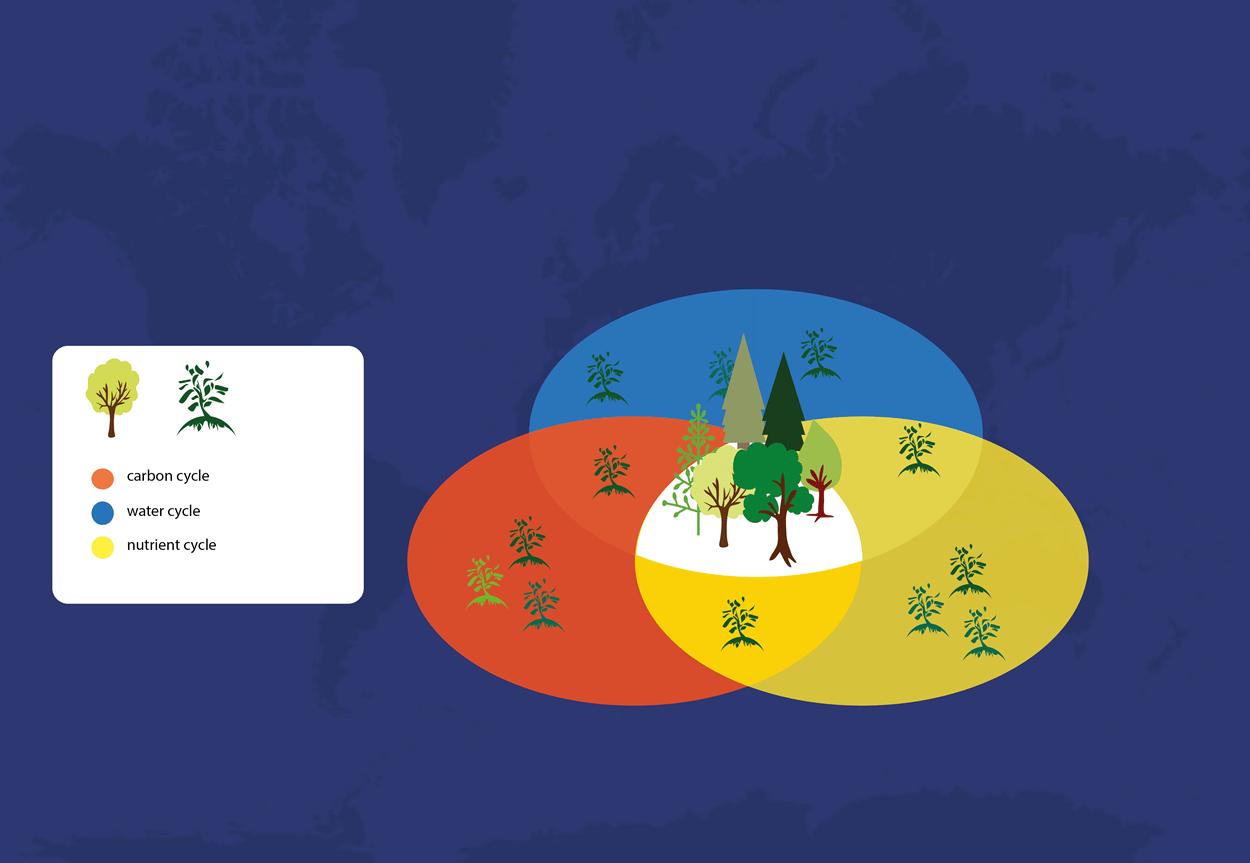Introduction
Apart from predicting tomorrow’s weather, the Met Office is also a leading researcher into climate change. Their website is an excellent source of information on previous extreme weather events and associated hazards. It contains maps and charts that show which parts of the UK were most affected by these weather events.
Summaries of significant weather events which occurred over the last 60 years can be found at:
https://www.metoffice.gov.uk/weather/learn-about/past-uk-weather-events , https://www.metlink.org/resource/case-studies/ and https://www.metoffice.gov.uk/weather/learn-about/weather/case-studies.
Task 1
Figure 1 is an outline map of the UK divided into 14 administrative regions (Wales, Northern Ireland, three regions in Scotland and nine regions in England). Annotate the map to show which regions have been significantly affected by past extreme weather events such as heavy rainfall, strong winds, droughts, heatwaves, blizzards and storm surges. You may require a map to help you.
For example, look at the information on the heavy rainfall event on 16th August 2020 (https://www.metoffice.gov.uk/binaries/content/assets/metofficegovuk/pdf/weather/learn-about/uk-past-events/interesting/2020/2020_12_august_rain_1.pdf). Scroll down to find a map of rainfall. The map illustrates that the most affected region of the UK was the East of England. Figure 1 can now be annotated by writing ‘heavy rainfall, august 2020’ in the box for the East of England (as shown).
Repeat this process for as many different extreme weather events as you can. If maps are not available, search the text for details about the most affected areas.
Try not to spend too long investigating individual weather events. Use the information to get a general idea of affected parts of the UK, then move on to the next event. In 25 minutes, aim to record 10 different weather events on Figure 1.
Task 2
Have a look at your annotations of Figure 1. Do some regions appear particularly vulnerable to heavy rainfall? Do strong winds tend to hit the same parts of the UK time and time again?
Add symbols to your map to show which regions are prone to particular types of extreme weather hazard (have been affected by that type of hazard at least once).
Some ideas for symbols are given below.

Some regions on your map may contain more than one symbol, other regions may contain none at all. Remember, extreme weather hazards are not necessarily evenly distributed!
Task 3
Answer the following questions:
(a) According to your completed Figure 1, which region of the UK is the most hazardous?
(b) The information shown in Figure 1 only informs us about the physical threats presented by extreme weather. Make a list of the human factors we would also need to take into consideration for assessing hazard risk to people, property and infrastructure across the UK.
(c) Other parts of the world have to deal with more severe weather than the UK.
Nevertheless, the UK experiences a wide variety of extreme weather hazards.
Explain how this variety makes management of hazards so difficult.

Note: Words shown in bold type are defined in the glossary



